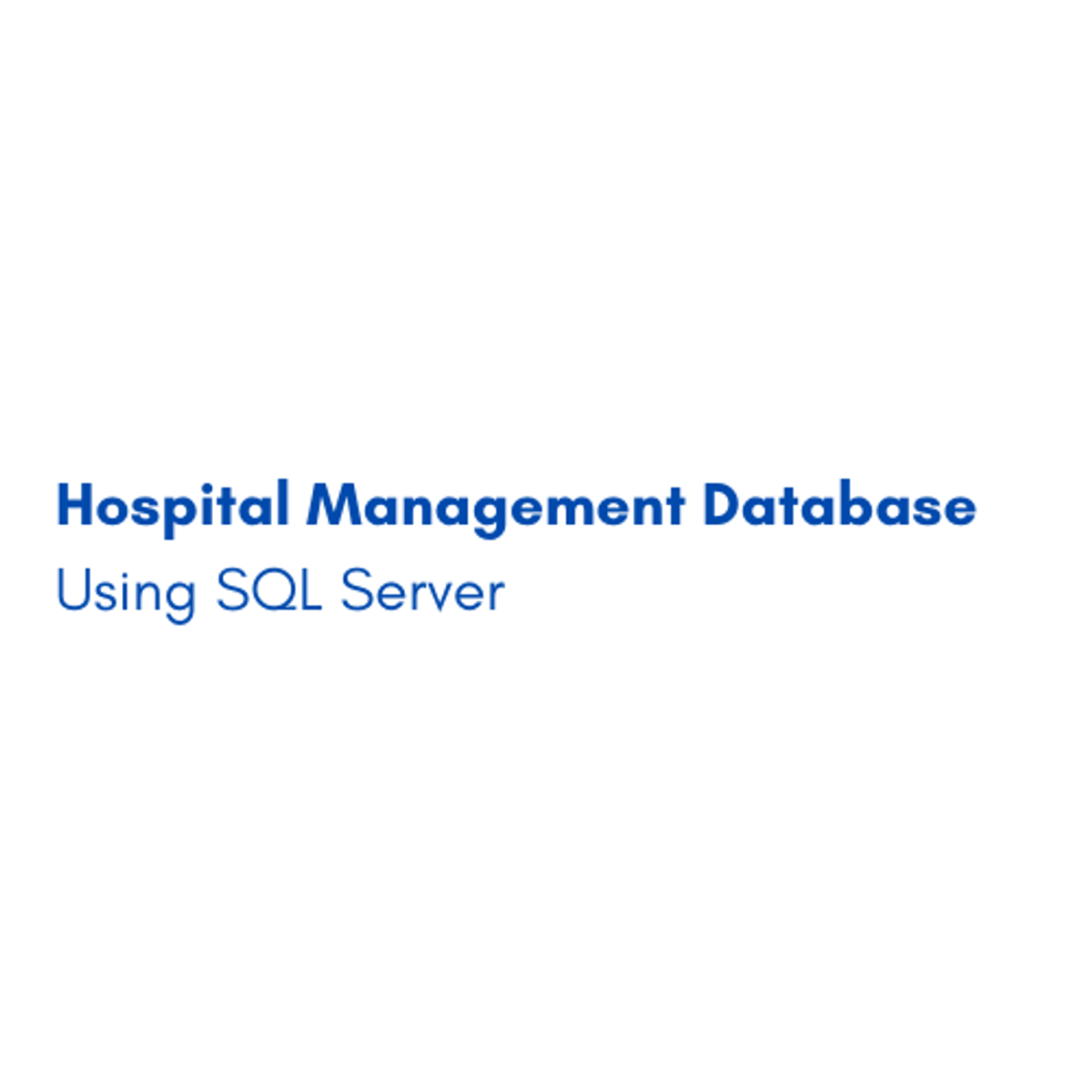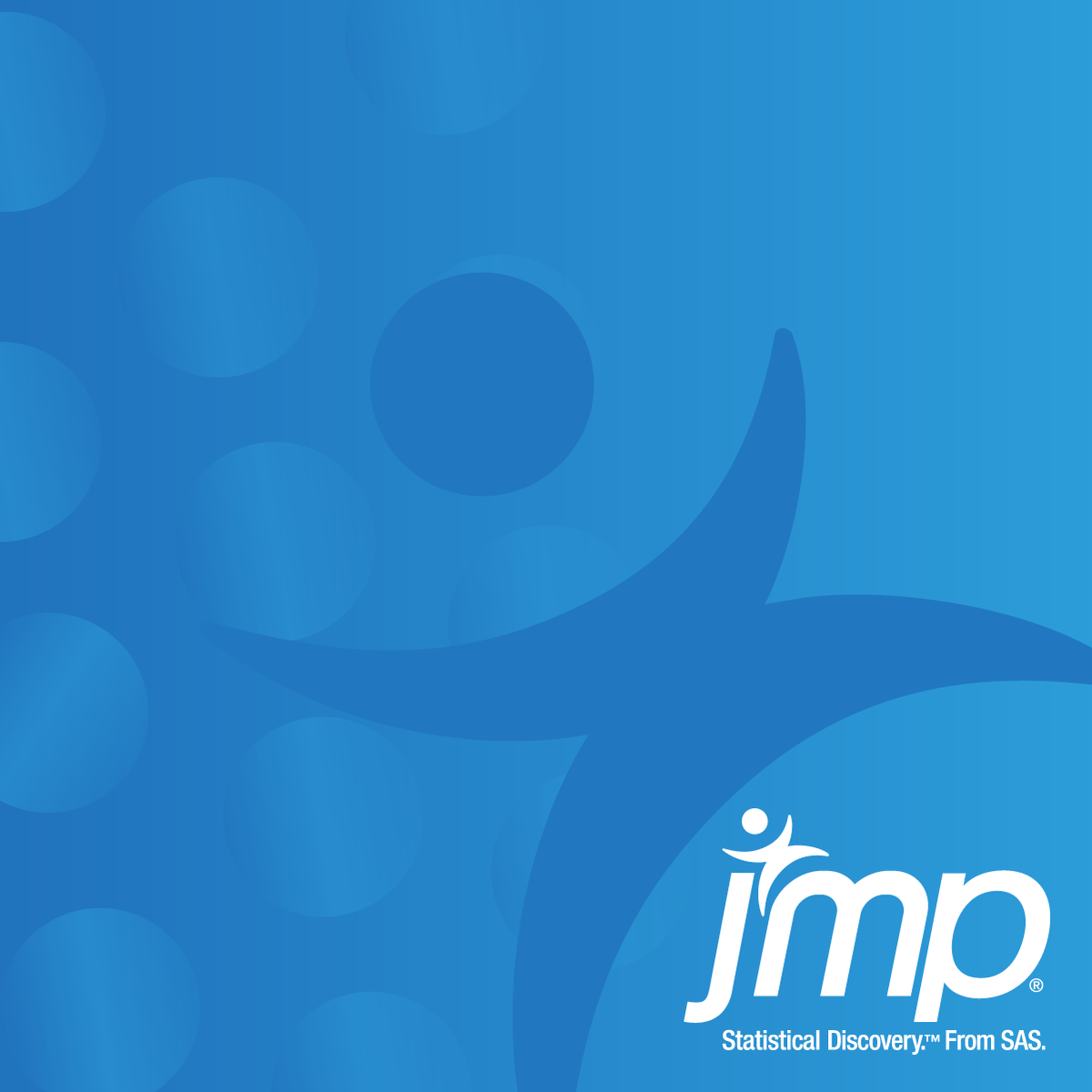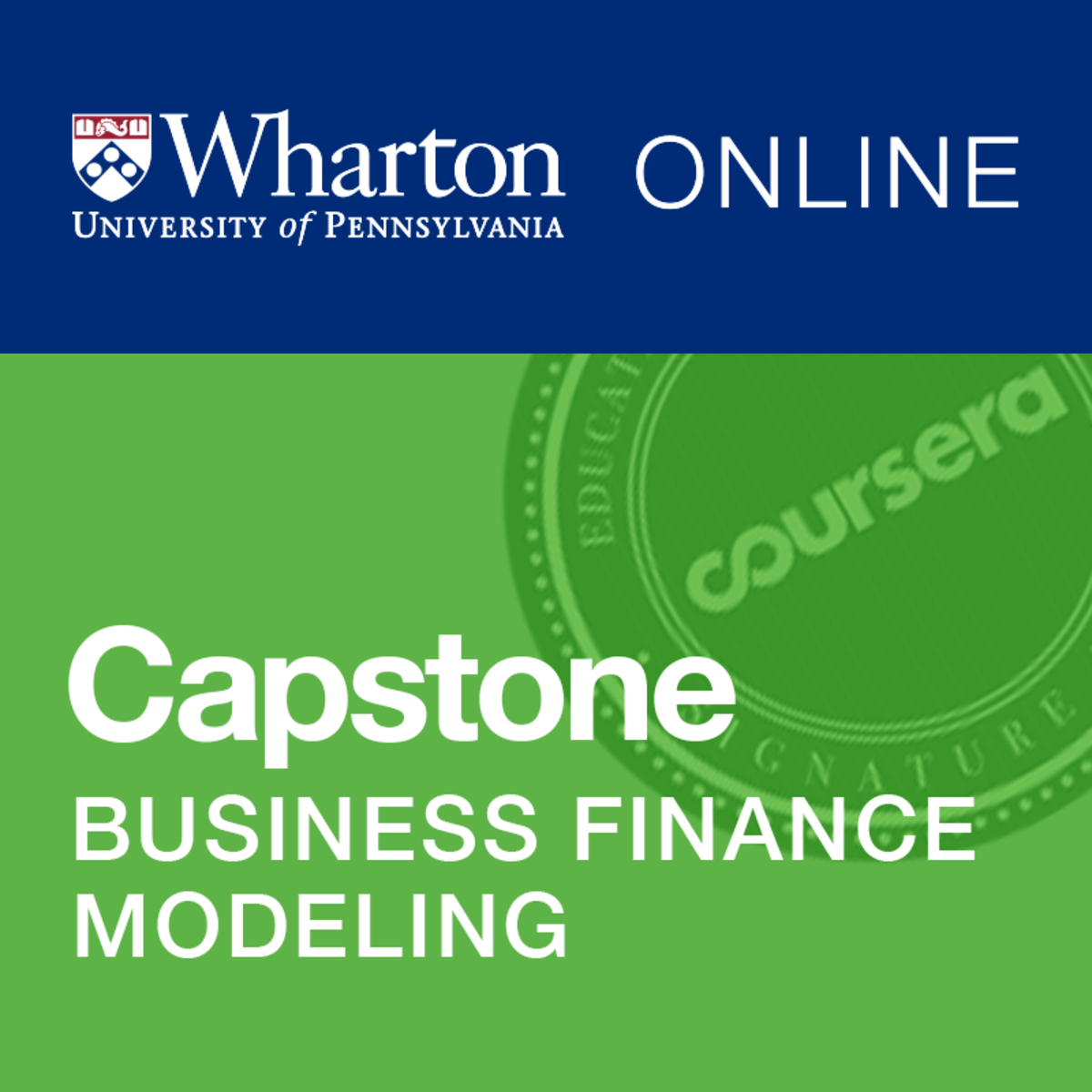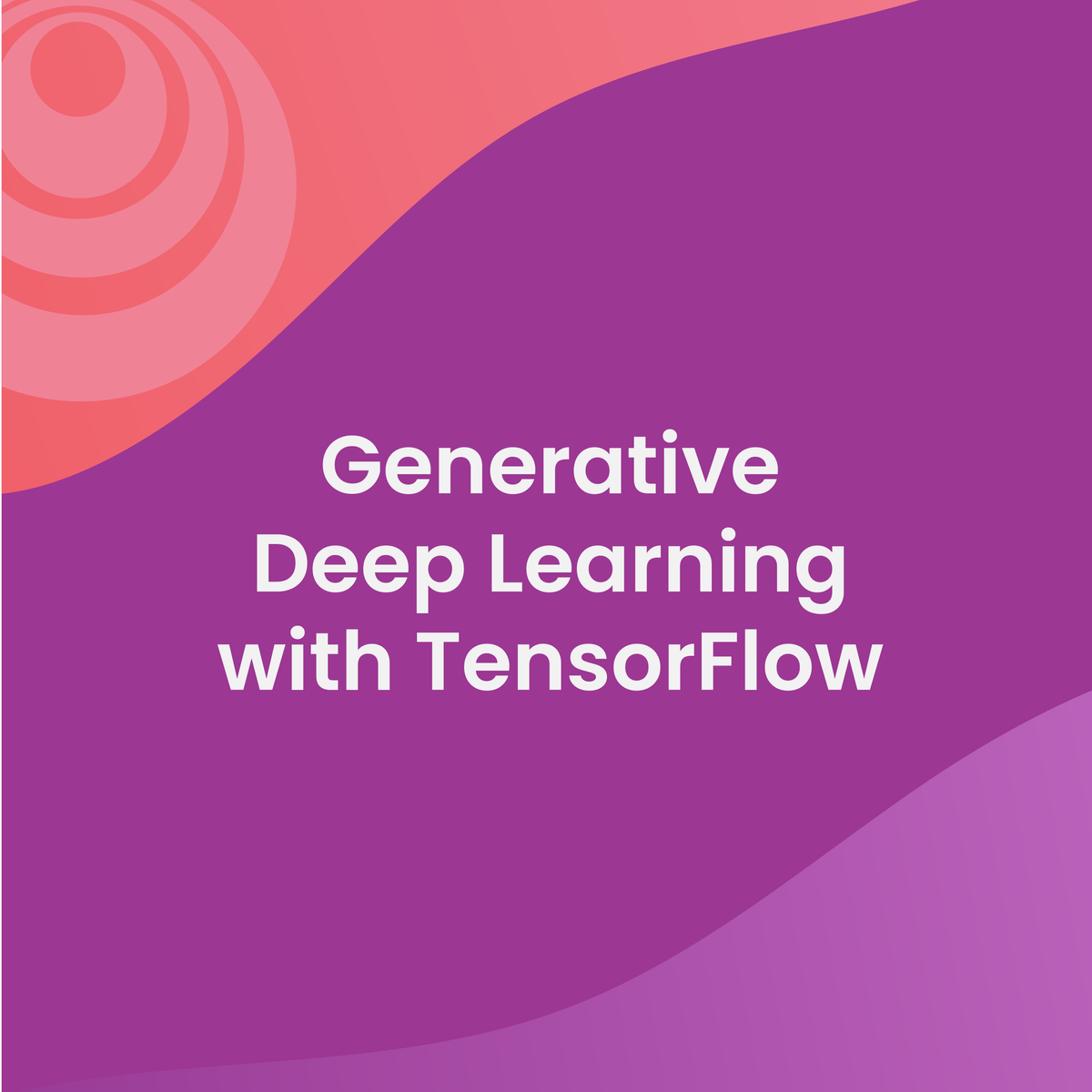Back to Courses









Data Science Courses - Page 124
Showing results 1231-1240 of 1407

Mastering Data Analysis with Pandas: Learning Path Part 5
In this structured series of hands-on guided projects, we will master the fundamentals of data analysis and manipulation with Pandas and Python. Pandas is a super powerful, fast, flexible and easy to use open-source data analysis and manipulation tool. This guided project is the fifth of a series of multiple guided projects (learning path) that is designed for anyone who wants to master data analysis with pandas.
Note: This course works best for learners who are based in the North America region. We’re currently working on providing the same experience in other regions.

Determine Shortest Paths Between Routers Using Python
By the end of this project you will use the adjacency list data structure and other data structures to find the shortest distance between a set of routers loaded from a file.
The shortest path problem is well known in the field of computer science. An adjacency list is probably the best data structure to represent a set of connected vertices to find the shortest path from one vertex to another. One application for shortest paths is in mapping. Another common application for its use is in computer networking routing to find the shortest trip for a packet.
Note: This course works best for learners who are based in the North America region. We’re currently working on providing the same experience in other regions.

Introduction to Machine Learning in Production
In the first course of Machine Learning Engineering for Production Specialization, you will identify the various components and design an ML production system end-to-end: project scoping, data needs, modeling strategies, and deployment constraints and requirements; and learn how to establish a model baseline, address concept drift, and prototype the process for developing, deploying, and continuously improving a productionized ML application.
Understanding machine learning and deep learning concepts is essential, but if you’re looking to build an effective AI career, you need production engineering capabilities as well. Machine learning engineering for production combines the foundational concepts of machine learning with the functional expertise of modern software development and engineering roles to help you develop production-ready skills.
Week 1: Overview of the ML Lifecycle and Deployment
Week 2: Selecting and Training a Model
Week 3: Data Definition and Baseline

Hospital management database using SQL server
In this 1-hour long project-based course, you will be able to efficiently manage databases using SQL server. In this project, you will be able to work on different databases by using an existing database or creating your own database from scratch. Moreover, you will be able to create, alter and drop tables, identify the difference between Data Definition Language (DDL) and Data Manipulation Language (DML) and finally, insert, update and delete rows in the database.
Along the way, you will be applying and practicing the basic features of the database and SQL commands, as well as using DDL, DML, Query statement, Functions, Ordering, Comparison, and Logical condition to use in your work as a software engineer or web developer.
Note: This course works best for learners who are based in the North America region. We’re currently working on providing the same experience in other regions.

Introduction to Data Analytics for Accounting Professionals
This course covers the foundations of data analytics and how to conduct and apply this to projects in your organization. This includes the following:
- What does it mean to have a data-driven mindset? Having the right mindset will allow you to understand the problem that needs to be solved and make or recommend appropriate data-driven decisions in the context of the organization’s strategy and technologies.
- What are the key considerations when identifying, establishing, and implementing a data analytics project? This course introduces and discusses important concepts and considerations, so you are ready to be effective no matter how your organization or industry changes. This includes everything from framing the problem and defining the scope, to understanding organizational requirements and gaps, to effectively working with key stakeholders.
- What is the required technical knowledge you need so that you can understand data? Whether the data you’re looking at is financial or non-financial data, structured or unstructured, you need to understand the language of data analytics so that you can communicate effectively with colleagues and add value when using data analytics in your organization.
By completing this course, you will be in a better position to ask the right questions, add greater value, and improve the quality of services to your stakeholders.

Statistical Thinking for Industrial Problem Solving, presented by JMP
Statistical Thinking for Industrial Problem Solving is an applied statistics course for scientists and engineers offered by JMP, a division of SAS. By completing this course, students will understand the importance of statistical thinking, and will be able to use data and basic statistical methods to solve many real-world problems. Students completing this course will be able to:
• Explain the importance of statistical thinking in solving problems
• Describe the importance of data, and the steps needed to compile and prepare data for analysis
• Compare core methods for summarizing, exploring and analyzing data, and describe when to apply these methods
• Recognize the importance of statistically designed experiments in understanding cause and effect

Wharton Business and Financial Modeling Capstone
In this Capstone you will recommend a business strategy based on a data model you’ve constructed. Using a data set designed by Wharton Research Data Services (WRDS), you will implement quantitative models in spreadsheets to identify the best opportunities for success and minimizing risk. Using your newly acquired decision-making skills, you will structure a decision and present this course of action in a professional quality PowerPoint presentation which includes both data and data analysis from your quantitative models.
Wharton Research Data Services (WRDS) is the leading data research platform and business intelligence tool for over 30,000 corporate, academic, government and nonprofit clients in 33 countries. WRDS provides the user with one location to access over 200 terabytes of data across multiple disciplines including Accounting, Banking, Economics, ESG, Finance, Insurance, Marketing, and Statistics.

Integrating BigQuery ML with Dialogflow ES Chatbot
This is a self-paced lab that takes place in the Google Cloud console. In this lab you will train a simple machine learning model for predicting helpdesk response time using BigQuery Machine Learning.

Sales Reporting with HubSpot
In this course, you will use your business data and identify key metrics in order to report on sales with HubSpot’s dashboards. First, you will learn how to operate a data-driven business and how to audit, clean, and organize your data within HubSpot’s CRM. You will then learn to identify the key metrics used to analyze your data on sales and customer service success, within the stages of the Inbound Methodology. This will cover types of testing, using the Sales Hub tools, and reporting in each stage of the methodology. Next, you will walk through the steps to create a visually compelling custom report in HubSpot’s dashboards, including learning the best practices for data visualization. Finally, the course will culminate in a project that asks you to apply your skills in reporting data on the dashboard.
By the end of this course you will be able to:
• Set data-driven goals for a business
• Clean and organize your data in HubSpot
• Create custom contact properties in HubSpot
• Identify ways in which data can help improve the attraction of customers
• Identify key metrics for sales effectiveness analysis
• Analyze sales content
• Explain the importance and the steps involved in forecasting using sales hub
• Identify key customer service success metrics
• Evaluate customer service success
• Create a custom report in HubSpot
• Describe data visualization best practices
• Create a visually compelling dashboard in HubSpot
• Demonstrate the use of data in reporting and dashboards
Regardless of your current experience, this course will instruct you on how to create a data-driven business and report on your sales efforts within the HubSpot dashboard. This course is intended for anyone interested in jumpstarting their career in sales - whether you’re changing careers and looking for an entry-level role, or want to hone your skills in your current role as a sales representative. It does not require any background knowledge or experience to get started.
Throughout the course, you will complete exercises that ask you to apply the skills you have learned in a practical way, such as creating a custom contact property, reporting on each stage in customer relationship, and creating a visually compelling dashboard in HubSpot. You will compile your work and submit it as a project at the end of the course.

Generative Deep Learning with TensorFlow
In this course, you will:
a) Learn neural style transfer using transfer learning: extract the content of an image (eg. swan), and the style of a painting (eg. cubist or impressionist), and combine the content and style into a new image.
b) Build simple AutoEncoders on the familiar MNIST dataset, and more complex deep and convolutional architectures on the Fashion MNIST dataset, understand the difference in results of the DNN and CNN AutoEncoder models, identify ways to de-noise noisy images, and build a CNN AutoEncoder using TensorFlow to output a clean image from a noisy one.
c) Explore Variational AutoEncoders (VAEs) to generate entirely new data, and generate anime faces to compare them against reference images.
d) Learn about GANs; their invention, properties, architecture, and how they vary from VAEs, understand the function of the generator and the discriminator within the model, the concept of 2 training phases and the role of introduced noise, and build your own GAN that can generate faces.
The DeepLearning.AI TensorFlow: Advanced Techniques Specialization introduces the features of TensorFlow that provide learners with more control over their model architecture, and gives them the tools to create and train advanced ML models.
This Specialization is for early and mid-career software and machine learning engineers with a foundational understanding of TensorFlow who are looking to expand their knowledge and skill set by learning advanced TensorFlow features to build powerful models.
